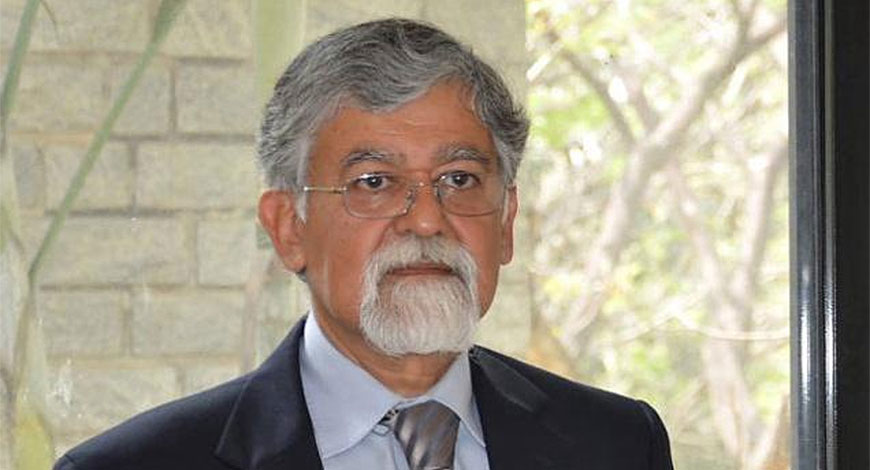Dr. Arvind Virmani, Chairman, EGROW Foundation on GDP

GDP Trends: 2012-13 to 2018-19
1. GDP growth rose steadily from a trough of 5.4% in 2012-13 to a peak of over 8% in 2015-17
1.1. Unemployment rate declined from a peak of 9.8% in January 2016 to a trough of 3.7% in June 2017 (3 months after 2016-17 end)
2. GDP growth has decelerated in 2017-18 and 2018-19 to a low of 6.8% in last year.
2.2. Consequently the unemployment rate has risin to 7% in April-May 2019
Demand Drivers
3. Private Consumption (PFCE) growth has mirrored the rise in GDP, but has plateaued out instead of decelerating, though private consumption came in below trend in 2018-19. This is partially due to rise in automobile costs due to introduction of Bharat VI standards, regulatory change in auto Insurance & consequent rise in costs, and rise in fuel prices. The fall in relative price of agricultural prices also affected rural consumption. Elections may also have led to delay in purchases.
4. Fixed Investment (GFCF) growth has, in contrast, been on a clear uptrend from a low of 1.6% in 2013-14 to 10% in 2018-19
5. Export (G&S) Growth has followed a U shaped growth path: 6.8% in 2012-13 to -5.6% in 2015-16 and then back to 12.5% in 2018-19
6.1. Net Imports (Imports -Exports) which were declining through out the period have increased sharply in 2017-19
6.2. This seems to the primary driver of growth deceleration during 2017-19 (Oil prices).
Supply Side(sector growth)
7.1. Manufacturing has followed an inverted U curve with a peak of 13.1% in 2015-16, but is still 6.9% in 2018-19. Private Consumption demand slowdown likely affected demand for manufactures.
7.2. Construction has accelerated progressively from 0% in 2012-13 to 8.7% in 2018-19.
7.3. Electricity has followed a near inverted U shape, but remains at 7% in 2018-19.
7.4. Agricultural growth has been accelerating from around 2% in 2012-13 to 4% in 2018-19, Actuals in 2018-19 are however below trend at 3%. Agricultural price growth has however collapsed to below 2%, creating low returns for farmers with marketable surplus in cereals & sugar.